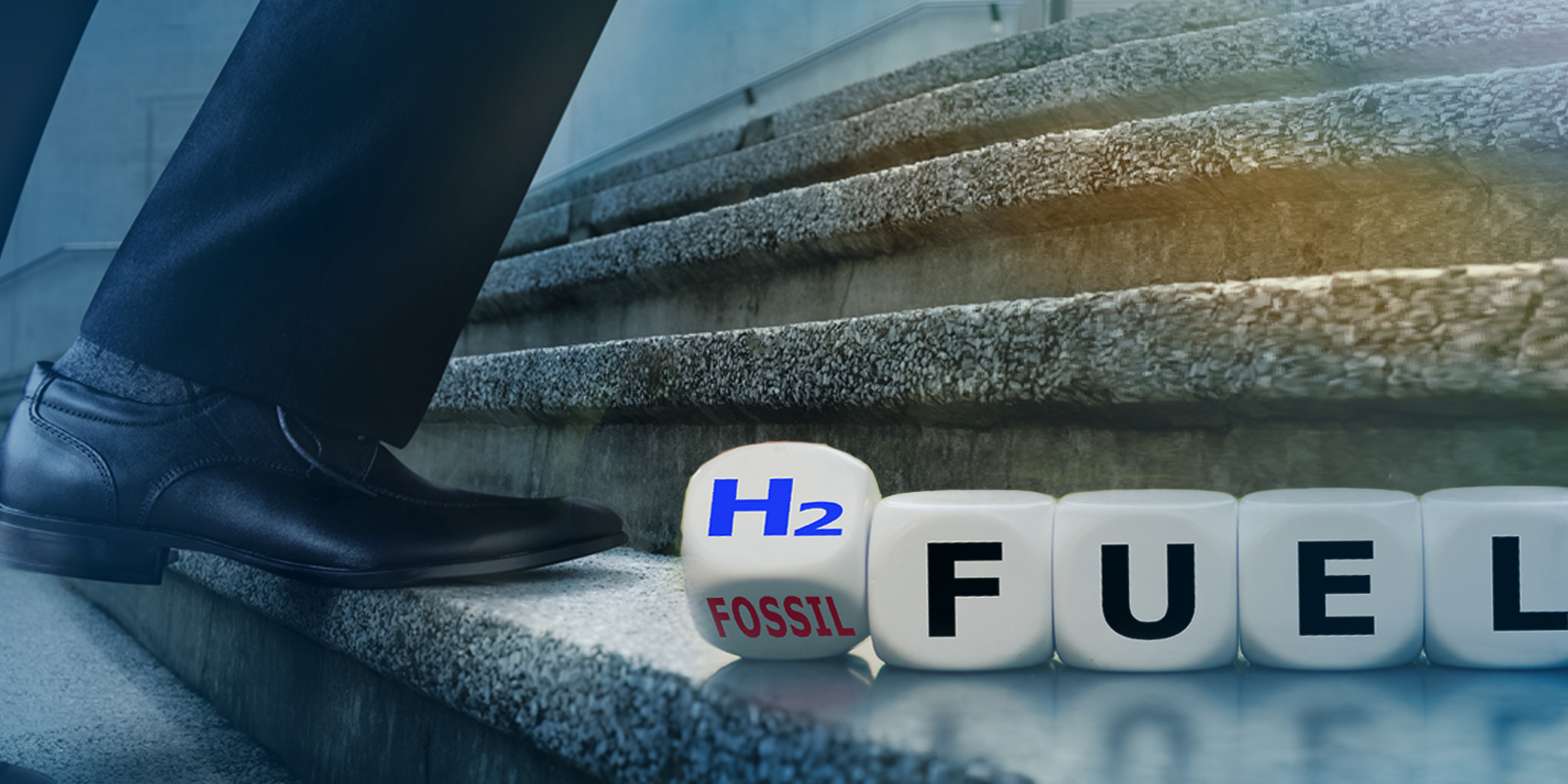
A Step Closer to a Certification Regime for Clean Hydrogen
Part of the Jones Day Carbon Disruption series.
In Short
The Situation: On 22 June 2020, the Australian Department of Industry, Science, Energy and Resources closed consultation on its proposed international certification scheme to classify hydrogen produced in Australia according to its environmental impact, including in relation to the production of greenhouse gas emissions.
The Context: Development of a Guarantee of Origin scheme was recommended as an action in Australia's National Hydrogen Strategy published in November 2019.
Looking Ahead: Australia appears to be taking the lead in developing an international Certificate of Origin for clean hydrogen, permitting producers to verify the carbon status of hydrogen produced in Australia and exported as stored clean energy.
Global Interest in Clean Energy
The 2015 Paris Agreement on climate change committed signatory countries to taking steps to limit global temperature increases by peaking and reducing their national greenhouse gas emissions as soon as possible.
Prior to the COVID-19 pandemic, Norway, Sweden, the United Kingdom and France all announced long-term net-zero emissions laws, and Singapore, Japan and Korea have announced intentions to move to decarbonise their energy supply chains. Policymakers have recognized that stimulating green hydrogen as an alternative to liquefied natural gas and higher emission fuels can play a critical role in achieving these objectives.
Exporting Hydrogen From Australia
With its cost competitive and reliable renewable energy resources, low-intensity land use, established domestic and export infrastructure and skilled workforce, there is enormous potential to export clean hydrogen from Australia. Both the World Energy Council and the International Energy Agency have identified Australia as a 'potential hydrogen production powerhouse'.
Potential major importers of hydrogen have indicated that reliable emissions tracing to clean hydrogen produced in Australia will be required for such imports to be acceptable. An internationally recognized certification scheme in Australia would facilitate exports and could incentivise hydrogen producers to pursue best practices to reduce emissions to the greatest extent possible. No such trade-orientated certification scheme for hydrogen currently exists. As a result, establishing a robust, internationally accepted, provenance certification scheme is one of four 'measures of success' set out in Australia's National Hydrogen Strategy.
The Importance of Guarantees of Origin
It is not possible to determine the provenance of the production of a given unit of hydrogen through analysis. It is therefore important to be able to trace the origin of hydrogen to support provenance of green hydrogen for export. 'Origin' in this context refers not only to the place in which the hydrogen was produced, but must include certification as to how the hydrogen was produced and the associated emissions, so that importer countries can track progress toward their emissions reduction targets.
A Guarantee of Origin from the Australian government will provide a standardized method for tracing and certifying hydrogen production across all states and territories. This will allow international purchasers and consumers, as well as investors seeking to fund low-carbon footprint projects and to compare products in different supply chains on a like-for-like basis.
Origin labelling could play an important part in regulating future measures designed to further reduce carbon emissions in a similar way that the renewable energy certificates currently operate in the Australian electricity market.
It will also provide an important tool to demonstrate compliance with any domestic or international regulations regarding reduction in emissions and allow purchasers and consumers to demonstrate a commitment to climate compliance and reduction in greenhouse gas emissions. Internationally accepted Guarantees of Origin can be a transparent means of accounting for relevant emission removals when assessing a country's progress against its nationally determined contributions under the 2015 Paris Agreement.
The Scope of a Guarantee of Origin
The Hydrogen Working Group of the Council of Australian Governments (COAG) Energy Council has indicated that the initial scope of the guarantee is likely to cover only scope 1 and scope 2 emissions. These emissions are the easiest to measure.
Scope 1 emissions are emissions released into the atmosphere as a direct result of the production process. If hydrogen is produced from electricity generated from a renewable energy source, scope 1 emissions will be zero. For hydrogen produced from electricity generated from natural gas without a related carbon capture and storage scheme, scope 1 emissions will be around 10 Kg of CO2-e per kilogram of hydrogen.
Scope 2 emissions include indirect emissions from consumption of purchased electricity. Again, for hydrogen produced from renewably sourced electricity, these will be zero. Scope 2 emissions for hydrogen produced from fossil fuels would vary between production facilities, while hydrogen produced using electricity purchased from the grid would be over 50 Kg of CO2-e per kilogram of hydrogen.
The Australian National Greenhouse Accounts Framework contains the rules and guidelines for calculating and reporting on emissions.
The Guarantee of Origin could be expanded to a whole of lifecycle environmental impact assessment to consider, for example, water impacts on local communities, the use of desalination plants and the recycling of PV panels where hydrogen is produced from solar power.
The feedback from the recent consultation process will help to inform the initial scope of the Guarantee of Origin, as well as the administrative process for determining, verifying and certifying emissions.
Next Steps
Considerations of existing local schemes, in particular in relation to emissions thresholds, in destination markets will be necessary to eliminate barriers to future trade. A framework for the development and administration of the Guarantee of Origin will now be considered.
Two Key Takeaways
- Moves to implement recommendations in the National Hydrogen Strategy do not appear to be slowing in the wake of the COVID-19 pandemic.
- Federal and state governments continue to engage with industry to develop a new clean energy sector in Australia to place Australia as a leading exporter of hydrogen in the carbon disrupting energy supply chain.

